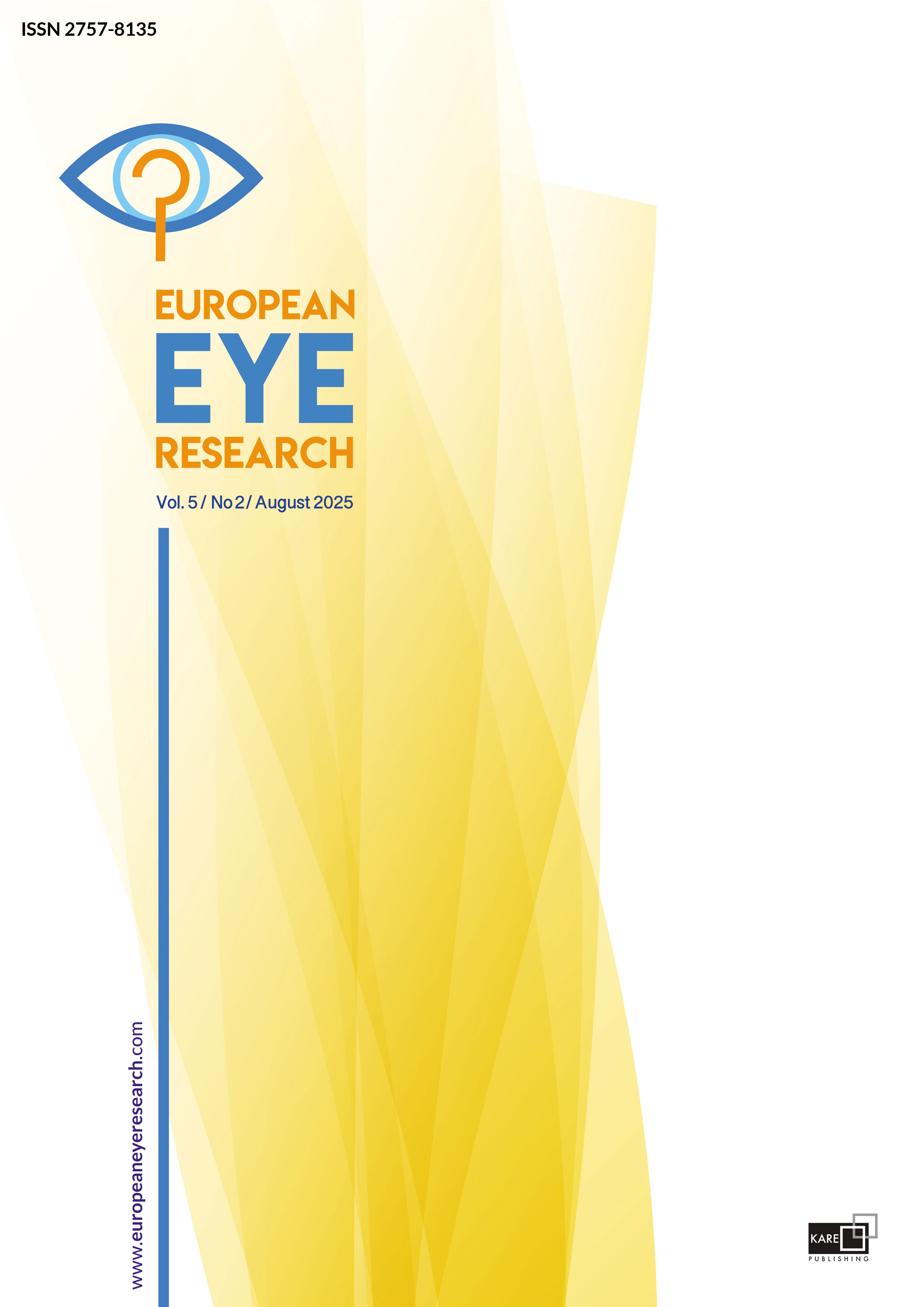

The relationship between color vision status and optical coherence tomography in the non-optic neuritis period in multiple sclerosis
Betul Onal Gunay1, Nuray Can Usta21Department of Ophthalmology, University of Health Sciences,Trabzon Kanuni Training and Research Hospital, Trabzon, Türkiye2Department of Neurology, University of Health Sciences,Trabzon Kanuni Training and Research Hospital, Trabzon, Türkiye
PURPOSE: To reveal the changes in the sense of color vision (CV) in Multiple Sclerosis (MS) patients in periods other than acute optic neuritis (ON) using the Ishihara test and to associate CV with optical coherence tomography (OCT) data.
METHODS: The demographic and clinical data of MS patients were recorded retrospectively between 2016 and 2021. The CV of the patients was evaluated with the Ishihara test. Patients were grouped according to their CV status (Group 1: impaired CV, Group 2: normal CV). All patients were scanned with a spectral domain OCT device. Peripapillary retinal nerve fiber layer thickness (pRNFLT), macular thickness (MT), and retinal layer thicknesses were evaluated, and comparisons were made be-tween the groups.
RESULTS: Fifty-eight eyes of 29 patients were included in the study. The mean age and expanded disability status scale scores were 37.6±9.1 years and 1.8±0.5, respectively. The CV impairment was detected in 5 eyes and was normal in 53 eyes. Com-paring Group 1 and Group 2, the ganglion cell layer thickness, inner plexiform layer thickness, MT, and pRNFLT were thinner, and the outer nuclear layer thickness was thicker in Group 1 (p<0.05). There was no difference between the two groups regarding the inner nuclear layer thickness, outer plexiform layer thickness, and retinal pigment epithelium layer thickness.
CONCLUSION: The CV assessment with the Ishihara test can be performed easily, cost-effectively, and quickly by ophthalmol-ogists and neurologists, providing indirect information about the retina and optic nerve of the MS patient.
Keywords: Color vision, multiple sclerosis; OCT; peripapillary retinal nerve layer thickness; retinal layers.
Manuscript Language: English



